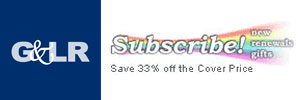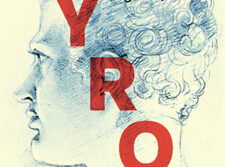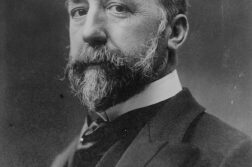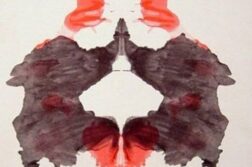Three young poets who have published their first books of poetry in the last year participated in a “virtual panel,” moderated via e-mail, in early summer. In it, they tackled such slippery questions as whether there’s a “gay æsthetic” and the limits of sexual explicitness in contemporary poetry. The panelists included the following:
Jason Schneiderman is the author of Sublimation Point (Four Way Books). His poems have appeared in Best American Poetry 2005, American Poetry Review, and The Penguin Book of the Sonnet, among other places, and he’s received fellowships from Yaddo and Provincetown’s Fine Arts Work Center. He is a chancellor’s fellow at CUNY, where he’s pursuing a Ph.D. He teaches creative writing at Hofstra.
Richard Siken is the author of Crush (Yale University Press), which was selected by Louise Glück as winner of the 2004 Yale Series of Younger Poets Competition. Siken is also the editor of spork magazine. He is the recipient of an Arizona Commission on the Arts grant, a Pushcart Prize, and an NEA Fellowship in Literature. He lives in Tucson.
Aaron Smith is the author of Blue on Blue Ground (University of Pittsburgh Press), winner of the 2004 Agnes Lynch Starrett Prize selected by Denise Duhamel. He has also published What’s Required, which won the 2003 Frank O’Hara Chapbook Contest. He lives in New York City, where he works for an academic nonprofit.
— Christopher Hennessy






